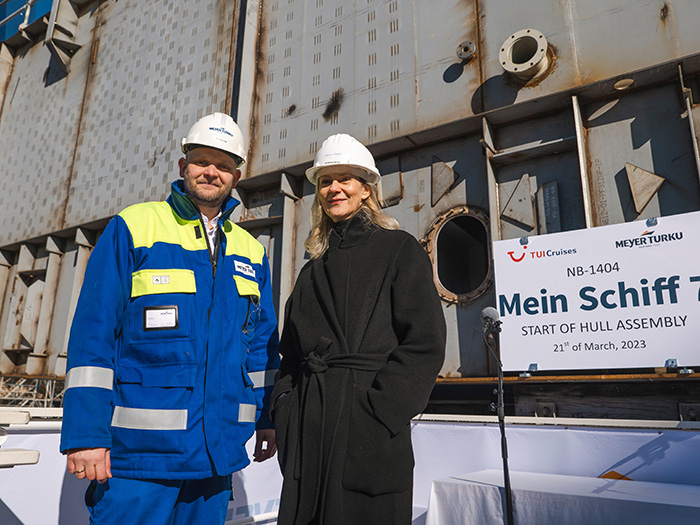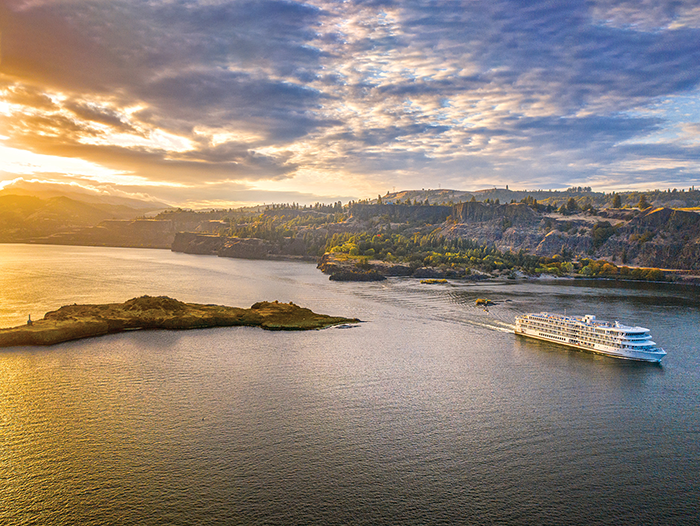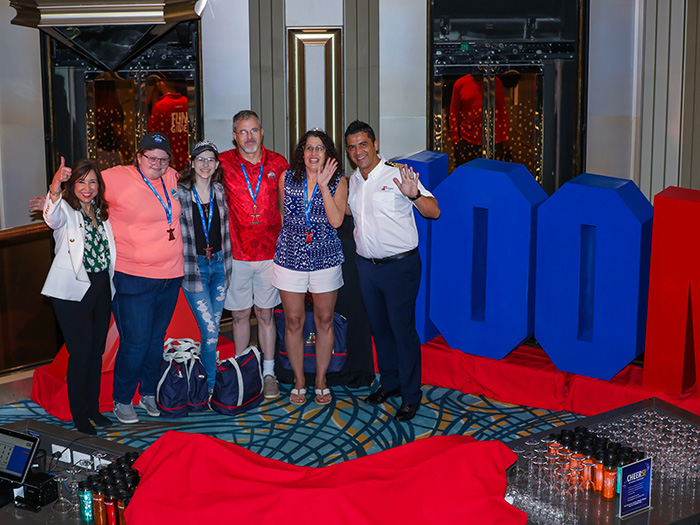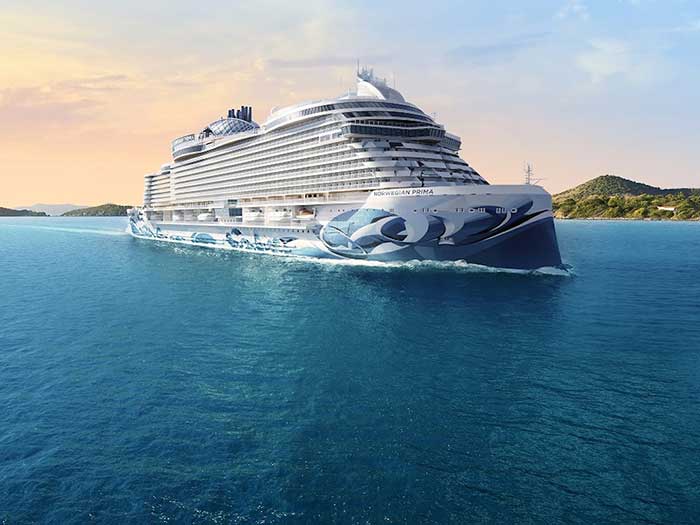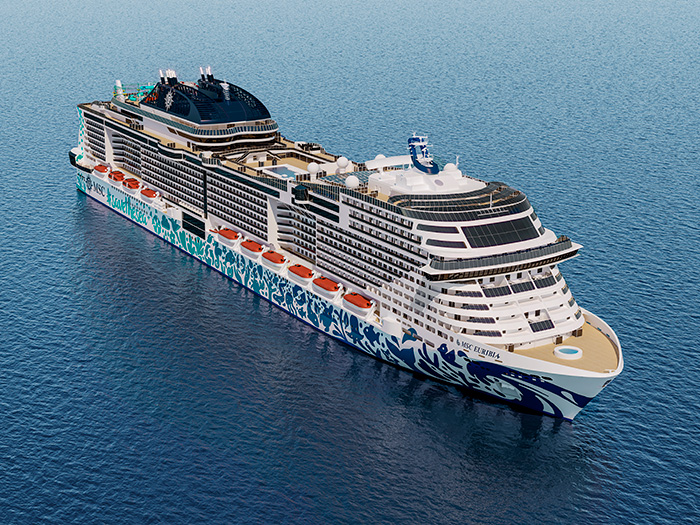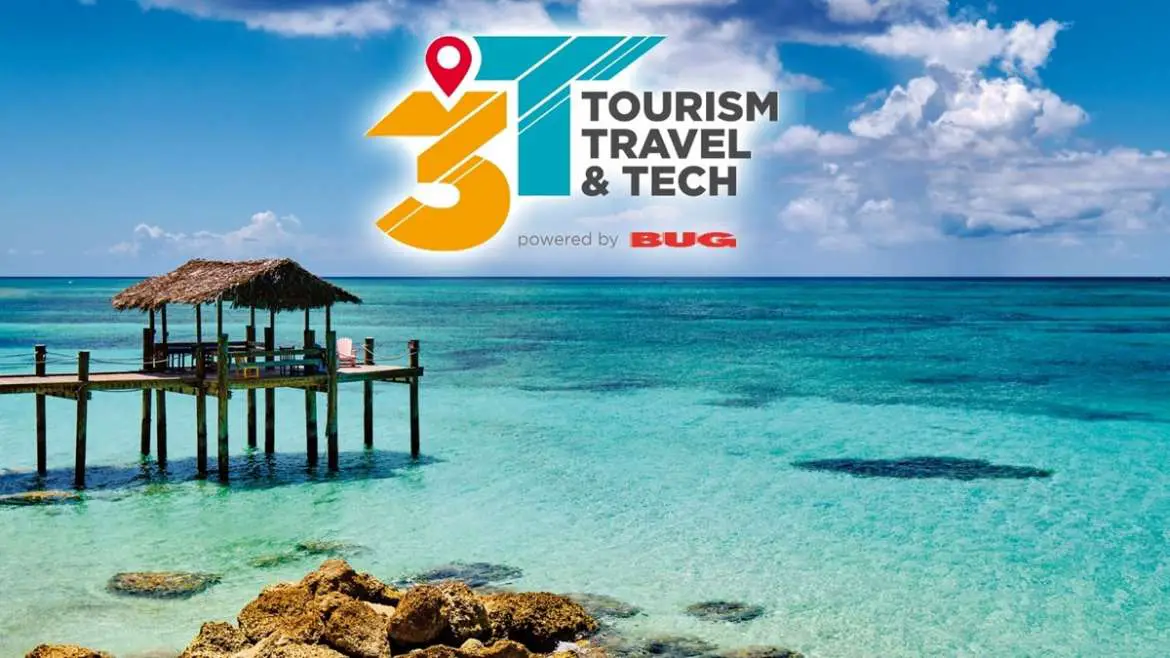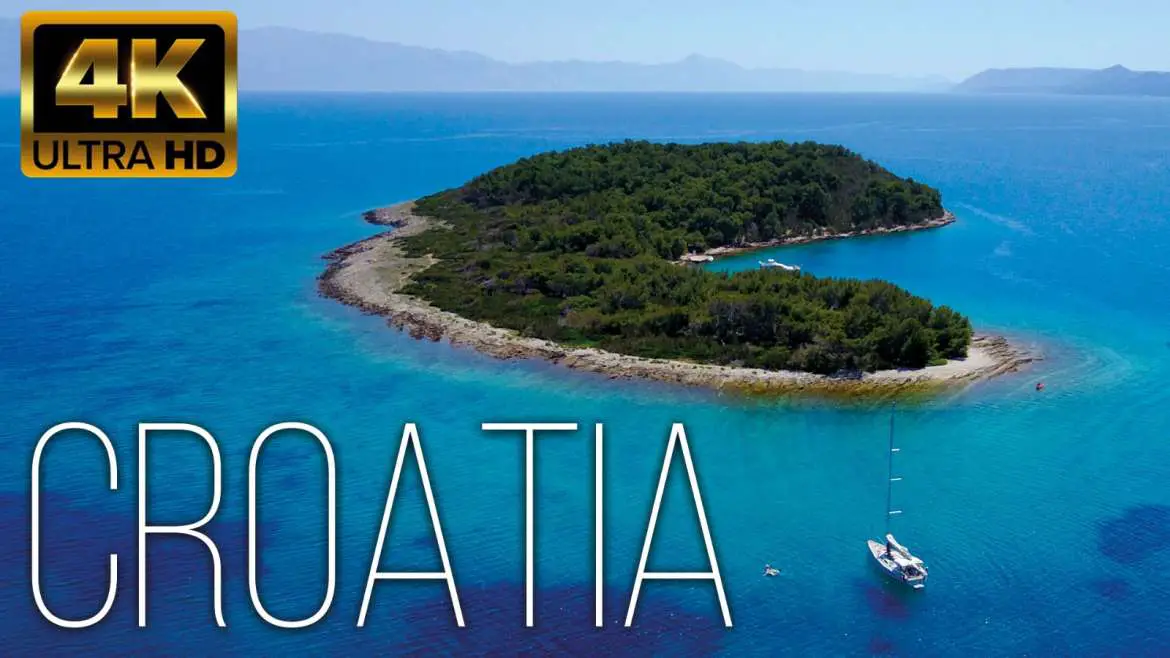
Vessels are mounting up in the waterway and surrounding coastline as the port and cruise industry scrambles to deal with the logistical fallout of Australia and New Zealand’s decision to bar many foreign boats.
As the southern hemisphere moves into autumn, cruise ship traffic on the famous harbour would typically be quietening down. But right now it is busier than the summer peak months as domestic ships and vessels excluded from the ban rush back to shore to disembark or get fuel and supplies.
That has meant the port authority for Sydney Harbour is rushing to find options, putting boats both in the standard cruise ship berths and lesser used anchorages, like Athol Bay next to a bustling residential area across from the city’s zoo.
The towering vessels — as large as multi-story buildings — are a visible reminder of the coronavirus crisis that’s gripping the globe.
Many countries have become increasingly reluctant to grant entry to cruise ships after the infection of more than 700 people on the Diamond Princess berthed off Japan showed how quickly the virus could spread in the close quarters of a boat. Singapore and Canada have banned entry to ships while Vietnam and Thailand are turning away vessels on a case-by-case basis.
Cruise ships have had to make “alternate plans urgently”, the Port Authority of the Australian state of New South Wales said. “All options to dock the ships are being explored.”
Prime Minister Scott Morrison on Sunday announced he would bar many foreign cruise ships from docking at Australian ports for at least 30 days, while New Zealand has banned all cruises until at least June 30 in an effort to slow the spread of the coronavirus.
– $2.9 Billion Industry –
When Morrison announced the restrictions there were 37 cruise ships in waters near Australia, according to the Cruise Lines International Association. Many headed to ports around the country, while a further 11 are expected back by the end of the week, according to a spokesman.
Australian-flagged vessels are exempt from the ban, as are international cruise ships that had already departed their last overseas port and were destined for Australia. There is an additional carve out for “certain cruise ships already in transit in order to enable Australian citizens and permanent residents to disembark and return home”, according to the Department of Home Affairs.
It’s a big logistical exercise for the industry that is worth A$5.2 billion (US$2.9 billion) a year in Australia. Ships need to dock to refuel and get supplies, and where they can come in to port depends on their size, the depth of water needed and whether they need to offload passengers.
Operator Royal Caribbean Cruises Ltd. alone has four ships in the area. Two are remaining in Sydney for the moment, while two others are heading 100 kilometres down the coast to Port Kembla, the company said.
Unlike elsewhere in the world where passengers are stranded at sea, Australia is allowing passengers to get off boats — even if it takes some time.
Passengers who were on domestic itineraries will be able to disembark. Some with international itineraries on ships that were already in transit when the ban was announced will be allowed onto dry land, but will have to self isolate for 14 days.





